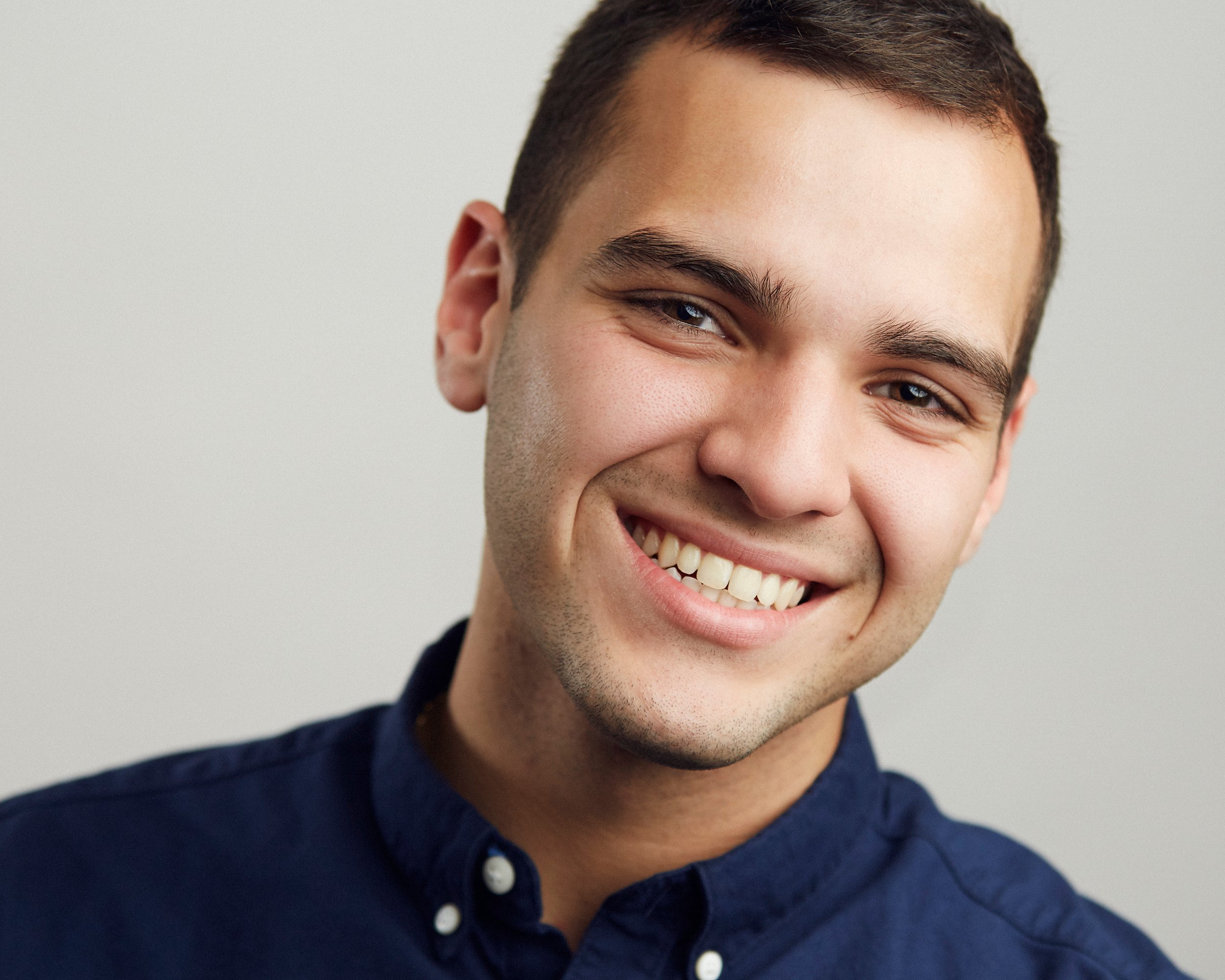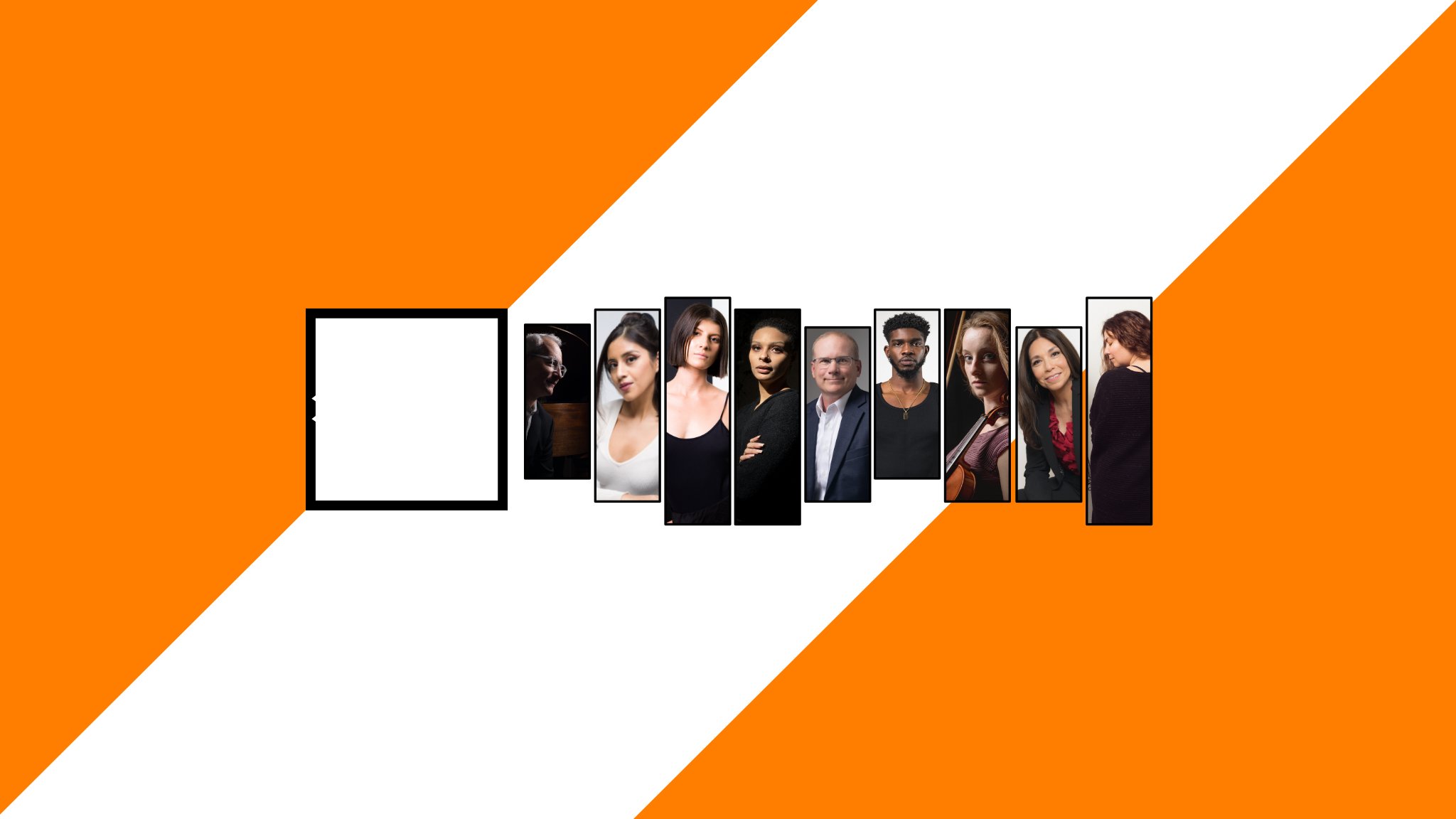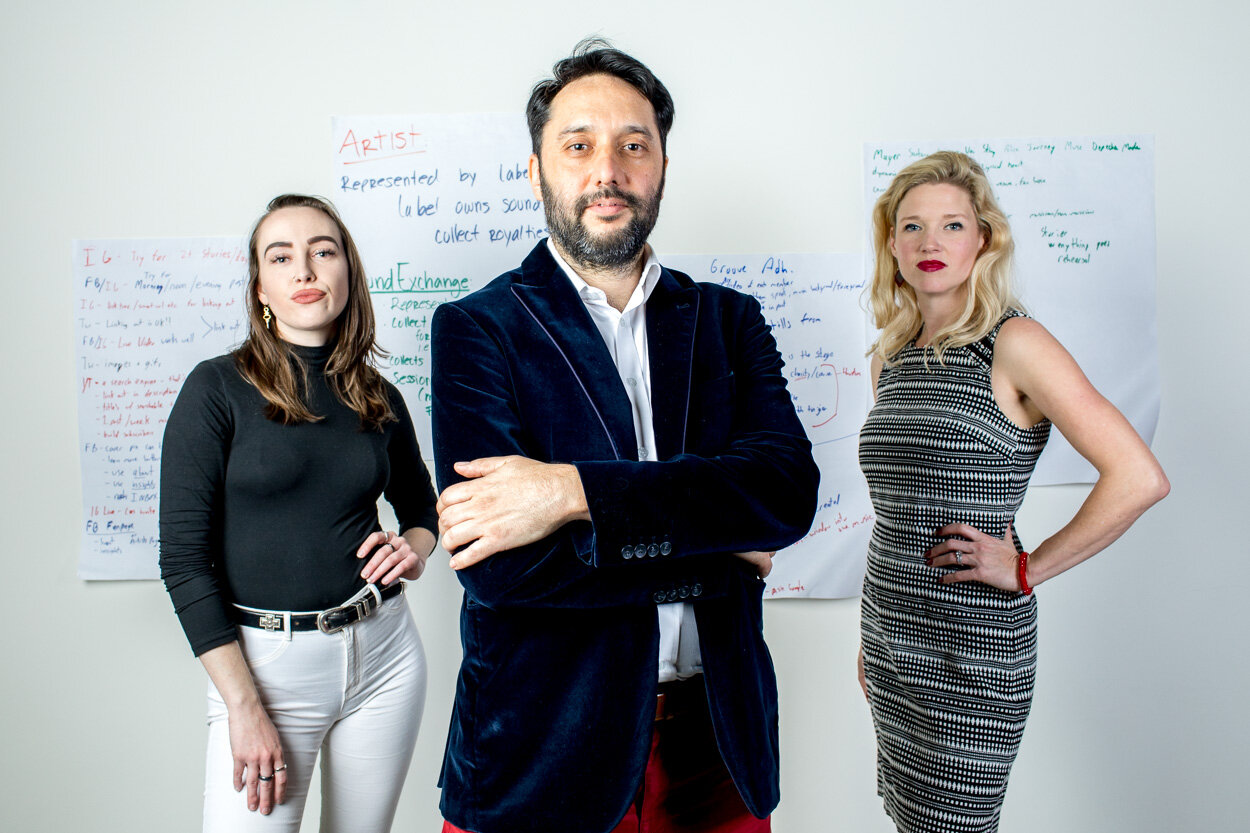Thanks to Yeager Anderson for this guest post! Here’s his advice on how to go about choosing the best photographer for your new headshots.
Yeager is a portrait and headshot photographer based in Rochester, NY. You can check out more of his work here: www.yeagerandersonphotography.com.
Portrait by Yeager Anderson
Choosing a portrait photographer for your company or small business involves an evaluation that considers technical skills, artistic vision, and personal qualities contributing to a positive and productive collaboration. The distinction between a good portrait photographer and a great one often goes beyond technical skills.
While technical proficiency is essential, what truly separates the two is a combination of artistic vision, interpersonal skills, and a deep understanding of the subject. A great portrait photographer seamlessly integrates technical proficiency with a deep desire to connect with their subject, creating portraits that are not only technically sound but also emotionally impactful.
A good photographer can capture nice photographs but may struggle to establish a meaningful connection with the subject. A great photographer goes beyond technicalities; they connect with their subjects on a personal level. This connection allows them to bring out genuine emotions, expressions, and a sense of authenticity in their portraits.
More than Just a Picture
The foundation of a great portrait photographer's ability to connect with subjects lies in empathy and strong interpersonal skills. By creating an environment where individuals feel at ease, they skillfully draw out authentic expressions. Effective communication further enhances the collaborative experience, ensuring clients not only comprehend the process but also have confidence in the photographer's abilities.
In the business world, the qualities of empathy and other soft skills in a portrait photographer are invaluable for several reasons. A business often requires professional portraits for various purposes such as corporate profiles, marketing materials, and branding. Here's why these qualities are crucial and how a skilled, empathetic portrait photographer can genuinely benefit a business:
1.Building Authentic Brand Representation:
Why It Matters: In today's market, consumers are increasingly drawn to authentic and relatable brands. A portrait photographer with empathy excels at creating a genuine connection with the individuals they photograph. This authenticity translates into portraits that accurately represent the human side of a business, fostering trust and connection with clients, customers, and partners.
2. Enhancing Employee Morale and Engagement:
Why It Matters: A photographer skilled in drawing out authentic expressions contributes to portraits that reflect the personality and individuality of employees. This, in turn, can boost morale and engagement within the workforce. Employees who feel valued and represented in company materials are more likely to feel a sense of belonging and pride in their workplace.
3. Creating a Positive Corporate Image:
Why It Matters: The portraits used in corporate materials often contribute to the overall image of a business. An empathetic photographer can capture the essence of the company culture, presenting it in a positive light. This positively impacts how the business is perceived by clients, investors, and the public, potentially attracting new opportunities and partnerships.
4. Effective Communication of Company Values:
Why It Matters: Portraits are a visual storytelling tool, and a great portrait photographer can convey not just faces but the values and ethos of a business. Through effective communication, they ensure that the portraits align with the company's mission and vision, reinforcing a consistent and compelling narrative about the organization.
5. Improving Client and Employee Relationships:
Why It Matters: Portraits taken by empathetic photographers contribute to a personal connection with the audience. Whether it's clients viewing the faces behind a service or employees recognizing themselves in promotional materials, these portraits foster a sense of trust and familiarity. This can strengthen relationships and contribute to client loyalty and employee satisfaction.
6. Boosting Marketing and Branding Efforts:
Why It Matters: In a competitive business landscape, portraits that convey depth and personality can set a company apart. They become powerful assets in marketing and branding efforts, creating a human-centric approach that resonates with the target audience. Memorable portraits contribute to a strong visual identity that can be leveraged across various marketing channels.
In essence, authentic portraits crafted by an empathetic and skilled photographer are not trivial for a business. They go beyond being mere visual assets; they become strategic tools that influence how a company is perceived, fostering a positive and authentic connection with stakeholders.
From attracting clients to retaining employees, the emotional resonance of these portraits can genuinely contribute to the success and growth of a business in a competitive market.
Portrait by Yeager Anderson
Yeager Anderson is a photographer based in Rochester, NY. He works with small businesses and large companies alike to create images that tell authentic stories and build trust. You can check out more of his work here: www.yeagerandersonphotography.com.






















